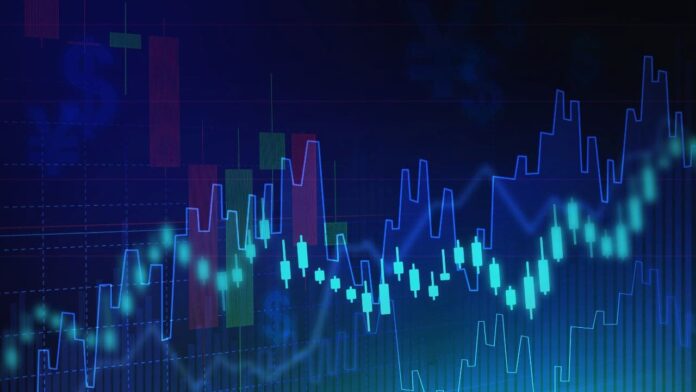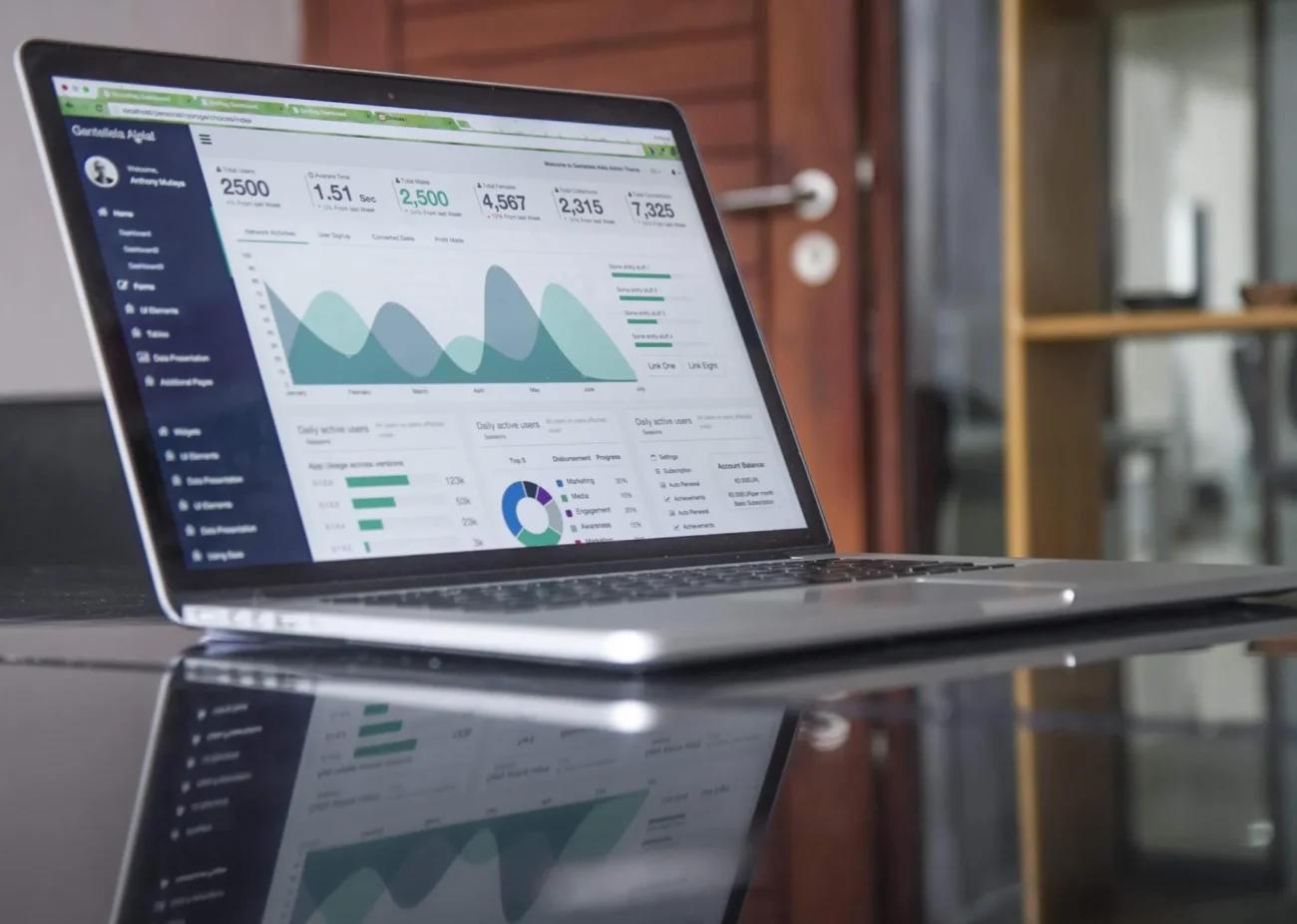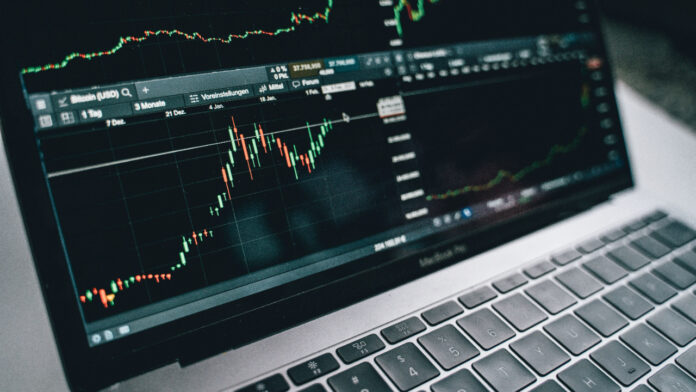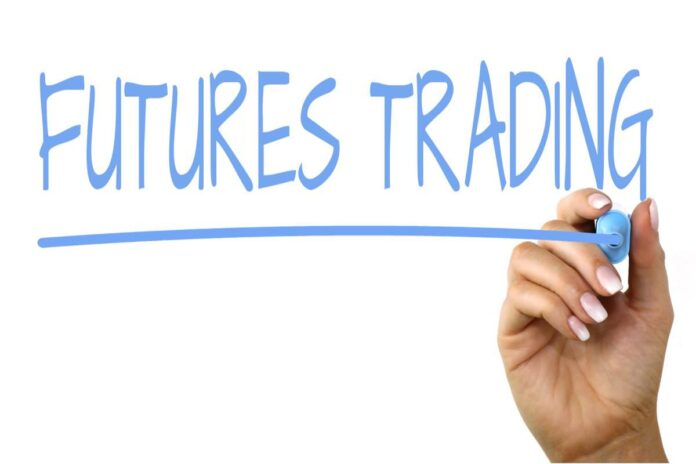Futures trading is an exciting yet complex world that many day traders have made fortunes navigating, but it also holds hidden perils for the unwary. Done correctly with discipline and care, day trading futures contracts can generate substantial returns by capitalising on even slight movements in underlying asset prices. However, these markets leverage small amounts of cash into prominent positions, so losses may also accrue rapidly if one’s risk management or market analysis needs to be revised.
In this article, we aim to demystify the basics of day trading futures so that you can understand both their profit potential and pitfalls. We’ll cover essential concepts like contract specifications, margin requirements, daily price limits and settlement, practical trading strategies and risk management techniques.
By the end, you’ll have a solid foundation to determine if pursuing this active trading aligns with your interests, skills and risk tolerance. Let’s begin our journey into the nuanced world of day trading futures.
Understand the basics of futures contracts and how they can benefit your portfolio

A futures contract is an agreement between a buyer and seller to buy or sell a certain amount of an asset at a predetermined future date for an agreed price. It is one of the oldest financial instruments rooted in the agricultural industry, where farmers would use it to guarantee themselves a minimum price for their crops.
Today, futures contracts are traded on various assets like commodities, currencies and financial instruments like stocks, bonds, and indexes. Futures contracts are standardised in quantity, quality, delivery date and location, enabling them to be easily traded on an exchange.
Evaluate your risk tolerance and open a futures trading account with a reputable broker
Before you begin day trading futures contracts, assessing your risk tolerance is crucial. Day trading involves high-risk activities, and it’s essential to understand how much loss you can comfortably handle before entering into any trade. It’s best to allocate a specific portion of your overall investment portfolio for futures trading and not risk more than 1-2% on any single trade.
Once you have determined your risk tolerance, it’s time to open a trading account with a reputable broker. Research different brokers and their fee structures and the types of contracts they offer before deciding.
Research popular commodity and financial futures like crude oil, gold, Treasury notes, and stock indexes
Various types of futures contracts are available in the market, but some of the most popular are commodity and financial futures. Commodity futures involve physical assets like crude oil, gold, and grains, while financial futures are based on underlying assets such as stocks, bonds, currencies, and indexes.
When researching these contracts, it’s essential to understand their specifications, including contract size, margin requirements, and daily price limits. This information will help determine which contracts align with your risk tolerance and trading style.
Diversify your trading strategies by incorporating different types of futures contracts

One of the best ways to minimise risk when day trading futures is to diversify your portfolio by incorporating various types of contracts in trading. By doing this, you can spread out your risk and potentially increase your chances of generating returns.
For example, if you primarily trade crude oil futures, consider adding a few stock index futures to your portfolio to offset potential losses in the energy sector. It can also help you exploit different market conditions and increase your trading opportunities.
Develop a day trading strategy powered by technical and fundamental market analysis
Day trading futures contracts require a solid trading strategy to be successful. It involves conducting both technical and fundamental market analysis to identify potential trading opportunities.
Technical analysis involves studying charts and patterns to predict future price movements, while fundamental analysis looks at economic data and news events that may impact the underlying asset’s value. Understanding how these factors can influence the futures market and incorporating them into your trading strategy is essential.
Implement risk management techniques to protect your capital and manage losses

As with any trading, it’s crucial to implement risk management techniques when day trading futures contracts. It includes setting stop-loss orders to limit potential losses and using proper position sizing to ensure you don’t risk more than 1-2% of your capital on any single trade. Additionally, it’s important to avoid emotional trading and stick to your predetermined trading plan. It can help prevent impulsive decisions that may lead to significant losses.
Conclusion
Day trading futures contracts can be highly lucrative for those willing to put in the time and effort to understand the market and develop a solid trading strategy. It’s essential to conduct thorough research, evaluate your risk tolerance, and implement proper risk management techniques before entering into any trades. With discipline, patience, and careful analysis, day trading futures contracts can offer attractive returns for active traders.




